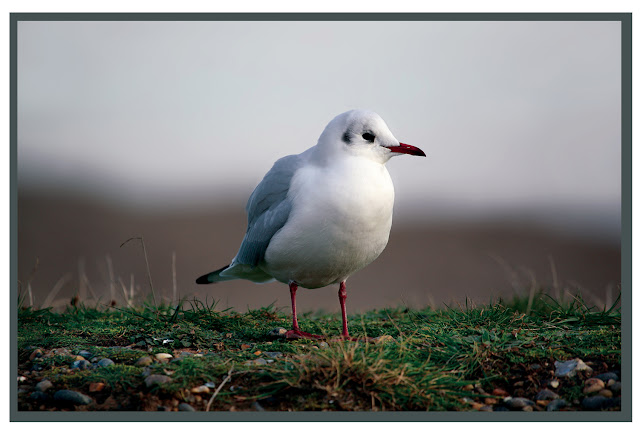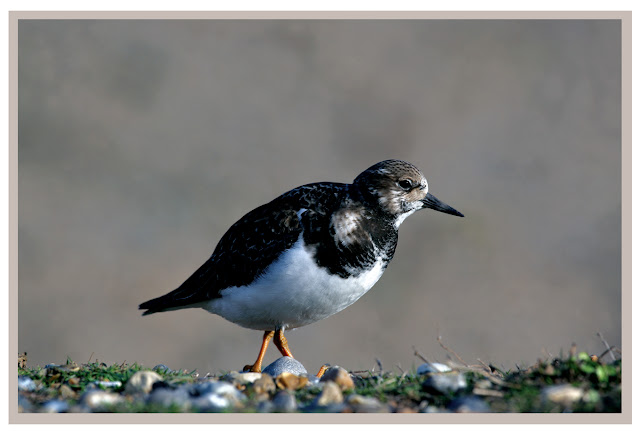This weekend just gone I took a friend with me on a trip to the RSPB reserve at
Strumpshaw Fen in Norfolk. My friend has been having a hard time of things recently and has been receiving counselling, during which it was suggested she should make the time to "get more in touch with nature". I've always found it immensely rewarding simply to sit and view the natural world, whether with camera in hand or not. But I had never before stopped to consider, in any depth, why it should be so. There was relatively little happening beyond the hide that day, save for the mallard and wigeon pictured, which were spooked off their watery resting spot by something unseen or unheard by us. My friend sat quietly looking out from the hide windows, saying very little. But when I asked – worried she might have been bored – how she had found the experience, she told me it had been "absolutely wonderful", adding that it was "the first time I have sat and done nothing, with a completely empty mind, for years". Perhaps that it is it; perhaps what spending time watching nature run its course does for us is to take us away from day-to-day reality for a while, providing the chance to switch off briefly, to recharge a little. I think this is so, but I also find nature humbling, fascinating, educational, illuminating, distressing, frustrating, beautiful and ugly and sometimes even amusing. Equally, I find it rewarding slowly to build up a level of expertise, to improve my fieldcraft and to use these skills to capture shots which – when they come off – define a moment for me. I also like to lose myself in the eternal struggles being played out at the end of binoculars or camera lens: the search for food, the building of nests, the raising of offspring, the fight and the flight. When immersed in such things, it really is so easy to forget about life's slings and arrows. Even if just for a short while. I would love to know what others get from this obsession of ours…
 |
| Canon 1Ds MkII, Canon 100-400mm IS USM lens, 1/2,000th sec, f/8, 400mm at IDO 500, Distance to subject: c: 30m |





































